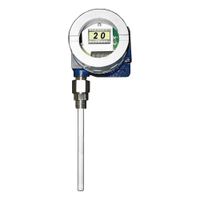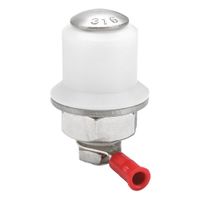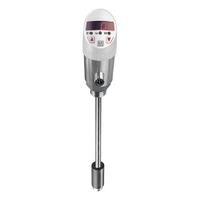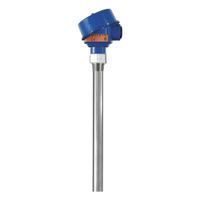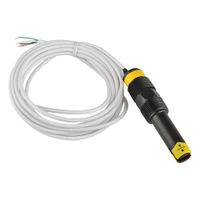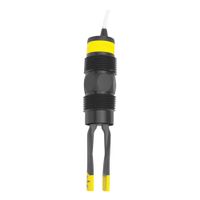- Home
- Pumps
- Flow Level Measurement Controls
- Level Sensors Transmitters
- Contact Liquid Level Sensors Transmitters
Contact Liquid Level Sensors & Transmitters
Contact liquid level sensors and transmitters measure, monitor, and display fluid levels in a tank, drum, or container. These level sensors are immersed into a liquid stored in a container to provide volume measurements and monitor levels. Float-style liquid level sensors slide up and down the senso .....Read More
Frequently Asked Questions
What are the different types of contact liquid level sensors?
How do float-style liquid level sensors work?
What is the principle behind capacitive liquid level sensors?
How do guided wave radar liquid level sensors operate?
What are the advantages of using contact liquid level sensors?
How do you install and maintain contact liquid level sensors?
What are the common applications for contact liquid level sensors?
